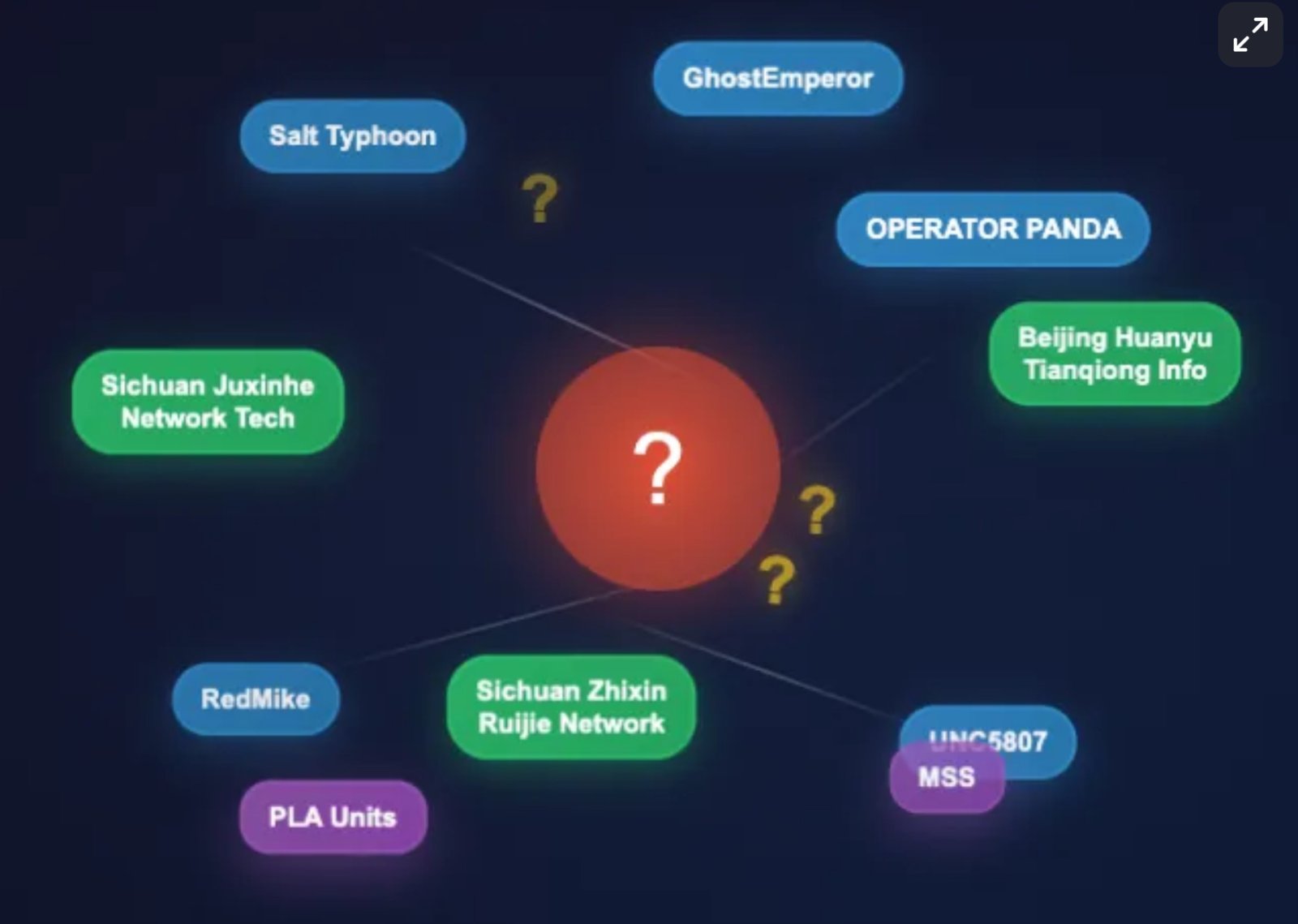The Chinese president visited the complex built by the Qianlong Emperor to commemorate his 18th-century extermination of 650,000 Dzungar Buddhists.
by Lopsang Gurung

President Xi Jinping managed to offend Buddhists more deeply through his visit in Hebei last week than he did when visiting Tibet in July, in a trip that was mostly devoted to geopolitical issues and the question of water.
That Xi Jinping’s visit to Chengde, in Hebei province, on August 24 did not create an international scandal only proves how easily history, including history of genocides, is forgotten. In fact, the Chinese president visited and honored a temple built to commemorate a genocide. The Puning Temple in Chengde is inextricably connected with the 18th-century extermination of the Dzungar Buddhists, which virtually all non-Chinese historians recognize as genocide.
The Dzungars were a confederation of Mongol tribes that converted to Buddhism and established a powerful Khanate in the 17th century in present-day Xinjiang. The beautiful temples and monasteries they built there were all destroyed during the Cultural Revolution.
Tibetans do not have a good memory of the Dzungars. Although the Fifth Dalai Lama and the founder of the Dzungar Khanate, Erdenu Batur, were allies, by the 18th century the Khanate had become so powerful that they invaded Tibet and conquered and looted Lhasa in 1717. The Tibetans, perhaps making a mistake justified by their difficult predicament, called the Chinese for help. The Dzungars defeated the Chinese army in 1718 (something the Chinese never forgot), but a second Chinese expedition was more successful, and the Dzungars were expelled from Tibet in 1720. The defeat of 1718 was avenged in 1755, when China moved decisively to annihilate the Dzungar Khanate and exterminate the Dzungar people. Between 500,000 and 800,000 Dzungars (650,000 being the figure advanced by some recent historians) were killed, men, women, and children. Only a few thousand descendants from the Dzungars survive in present-day Mongolia.
Although the Dzungar invasion of Tibet was an act of aggression, nothing can justify the genocide perpetrated by the Qianlong Emperor, the worst mass massacre of the 18th century in the world.

The same Qianlong Emperor built in 1755 the Puning Temple to celebrate what he called his “pacification” of the Dzungars, which was in effect extermination and genocide. He personally inscribed a tablet still venerated in the temple to commemorate his victory over the Dzungars. The architecture itself of the temple, modeled after the Samye Monastery in Tibet, is a powerful political statement of Chinese hegemony over Buddhist lands.
On August 24, Xi Jinping came to the Puning Temple. The visit was prepared by a video the CCP produced to explain to a Chinese audience the historical significance of the event. The video explained the conquest of the Dzungar Khanate and extermination of the Dzungars by claiming that the Qianlong Emperor “put down the rebellion of the Mongol Dzungar tribe.” The temple was presented as “one temple, two styles” (Chinese and Tibetan), a symbol of “Han-Tibetan unity and national unity.”

The video mentioned that Xi “came to Puning Temple to conduct field research on religious work.” We don’t know whether the visit was long enough (slightly more than one hour) to conduct “field research.” According to the official press release, Xi “carefully inspected the historical monuments, the Palace of Heavenly Kings, the Grand Hall, and other buildings, and listened to reports on religious work. Xi Jinping emphasized that we must adhere to the Party’s basic policy of religious work, adhere to the sinicization of our country’s religions, actively guide religions to adapt to the socialist society, […] manage religious affairs in accordance with laws and regulations, and promote religions to better conform to society, serve society, and fulfill social responsibilities.”
This is the usual jargon for total submission of religion to the CCP, but even more significant is that from the Puning Temple Xi went on to visit at the Chengde Museum an exhibition called “Inside and Outside of the Great Wall of Hope: Records of National Unity in the Qing Dynasty,” which is a blatant celebration of the genocidal policies of the Qianlong Emperor, who is praised for having promoted “ethnic unity, border stability, and national unity.” That he did so by killing hundreds of thousands of Dzungars is not explained.

Xi Jinping was right when he said in his speech at the Chengdu Museum that the CCP has continued the work of “the great unity of the Chinese nation” to which the Qianlong Emperor so powerfully contributed. Yes, the CCP continued with genocides against ethnic and religious minorities. Only, the CCP genocides may easily overcome the Qianlong Emperor record of brutality and murder.

In such a significant location, Xi warned ethnic minorities that they should “adhere to the leadership of the CCP, adhere to the correct path of solving ethnic problems with Chinese characteristics, fully implement the Party’s ethnic theory and ethnic policies, and constantly consolidate and develop socialist ethnic relations.” They are, Xi said, inscribed in “historical laws” —one of which seems to be that either you submit or you are exterminated through genocide.

Uses a pseudonym for security reasons.


